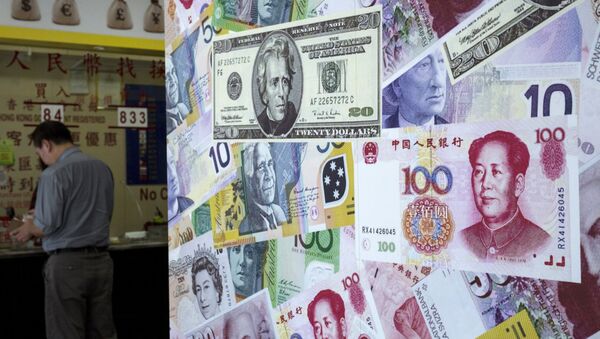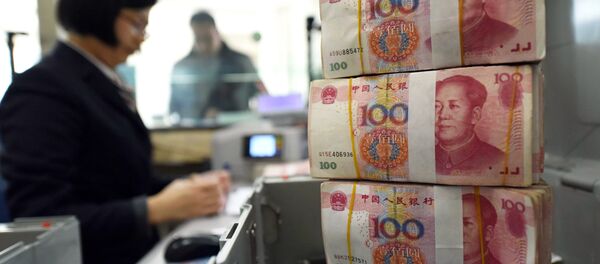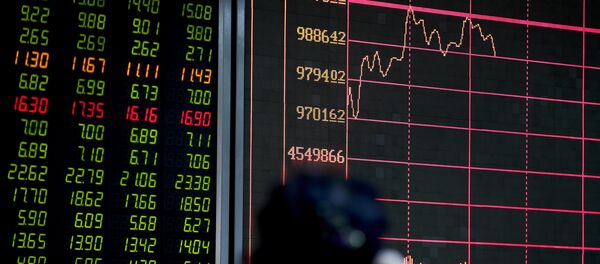During the summit, the People's Bank of China's (PBOC) governor Zhou Xiaochuan introduced the regulator's new, more balanced approach to monetary policies, with currency devaluations likely to remain off the table. Instead, Zhou said, the regulator would pay greater attention to possibly speeding up structural reforms so that the broader Chinese economy could return to quicker growth, moving away from the excessive reliance on exports of manufactured goods.
"China will strike a balance between growth, restructuring and risk management," Zhou said. "While the reform direction is clear… the pace will vary, but the reform will be set to continue and the direction has not changed."
After the remarks, Asian markets rebounded after Thursday's losses, with shares, industrial metals and emerging market currencies inching higher.
"China still has some monetary policy space and multiple policy instruments to address possible downside risks," Zhou said.
The scale of further monetary easing would be rather subtle, the PBOC said in a statement, with policy measures to be implemented throughout 2016 defined as "prudent with a slight easing bias." That, in turn, means less risk to the renminbi FX rate, meaning the Chinese currency might remain more stable with less interference from the PBOC.
In 2016, the PBOC is thus expected to implement new cuts to reserve requirement ratios (RRRs), allowing commercial banks to increase the scale of lending, issuing more loans driving investment and, consequently, the expansion of the real economy. The regulator aims to decrease the downward pressure on the renminbi in currency markets. Base interest rates might remain unchanged or trimmed slightly, so that the renminbi would not be prone to tumble.
Meanwhile, the US insists that China must step up its reform efforts, effectively halting the race of devaluations in global currency trading.
"(There's a) need to avoid competitive devaluation, that's competing in a beggar-thy-neighbor way for sharing a pie that's either frozen or shrinking and it doesn't lead anywhere good," US Secretary of the Treasury Jack Lew said during the G20 meeting.
The Chinese authorities might use fiscal stimulus as another option to support GDP growth, which is forecast to slow to 6.5% this year from 6.9% in 2015. Beijing might increase the scope of government expenditures on infrastructure projects, thus creating new jobs and supporting domestic consumption, which is seen as one of the economy's main drivers, after the reform agenda is fulfilled. The central government might implement tax reduction, decrease excessive bureaucratic regulation of the economy and allow greater workforce mobility, effectively bringing down the costs of manufacturing.
"China still has the room to loosen fiscal policy," China's Finance Minister Lou Jiwei said.
Still, record-high capital flight is a major challenge, and the only solution is to keep the renminbi FX rate stable, while improving the overall quality of the economy, based on the ever-increasing purchasing power of domestic consumers. In order to achieve that, Beijing is aiming to progress on structural reform, as the PBOC communicated. The relief in the markets might, however, be short-lived, should China send further signals contradicting their G20 message.




